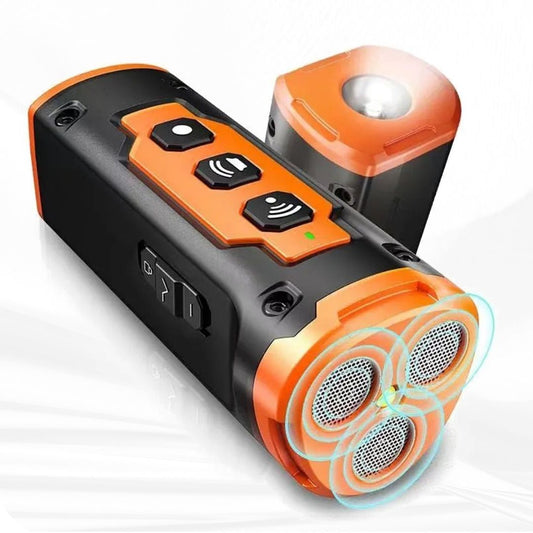Debunking Myths: Do Ultrasonic Anti-Barking Devices Really Work?
Share

Ultrasonic anti-barking devices have gained popularity as a solution for excessive barking in dogs. But do they truly work? Let's delve into the science behind these deterrents to separate fact from fiction.
How do Ultrasonic Deterrents Work?
Ultrasonic anti-barking devices emit a high-frequency sound that is inaudible to humans but can be heard by dogs. When a dog barks excessively, the device triggers the emission of this sound, which is meant to deter the unwanted behavior.
Effectiveness of Ultrasonic Sound on Dogs
Studies have shown that ultrasonic sound can be effective in reducing barking behavior in some dogs. However, the effectiveness may vary depending on the individual dog's sensitivity to sound and the underlying reason for the barking.
Factors Influencing Success
Several factors can influence the success of ultrasonic anti-barking devices. These include the distance between the device and the dog, the volume and frequency of the sound emitted, and the consistency of use.
Common Myths and Misconceptions
One common misconception is that ultrasonic sound can cause harm to dogs. In reality, these devices are designed to be safe and humane, providing a gentle reminder to curb excessive barking.
Tips for Maximizing Results
To maximize the effectiveness of your SonicBark device, it is important to place it in a central location where it can be heard by the barking dog. Consistent use and positive reinforcement can also help reinforce the desired behavior.
Conclusion
While ultrasonic anti-barking devices can be a useful tool in addressing excessive barking, it is important to understand their limitations and use them in conjunction with positive training methods. By exploring the science behind these devices, dog owners can make informed decisions about how to best address their pet's behavior.








